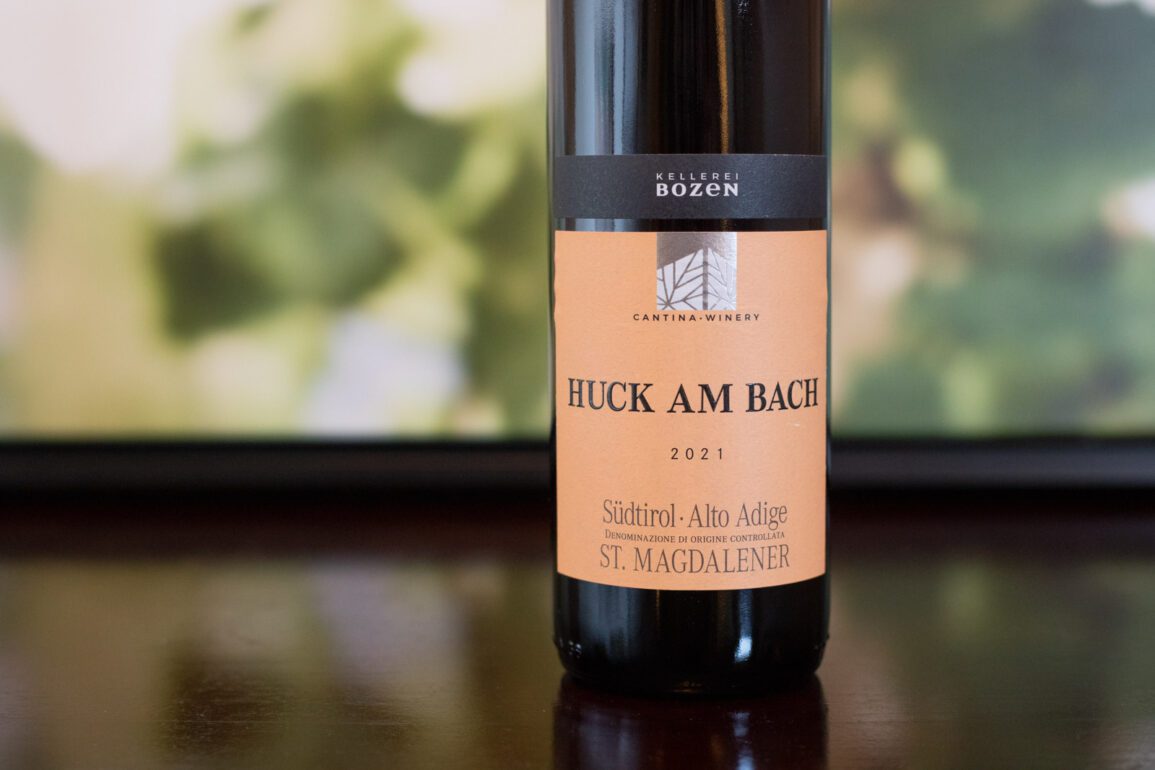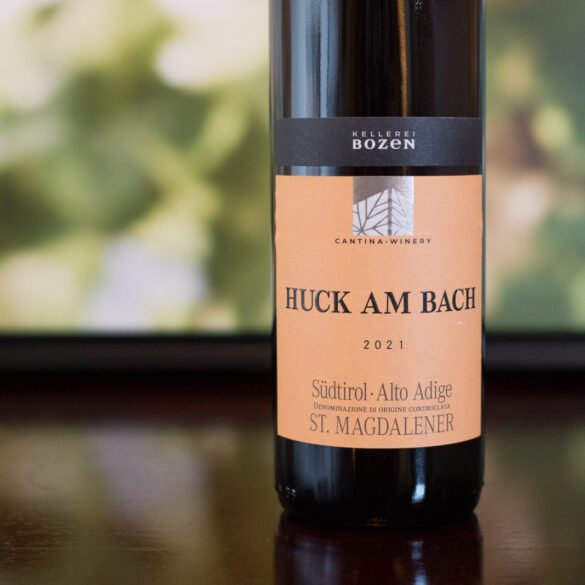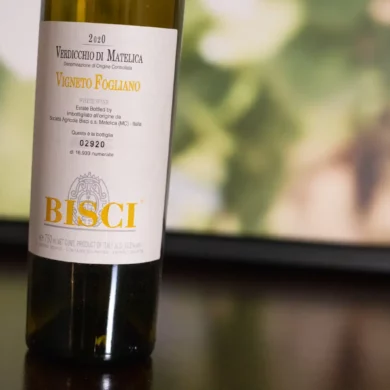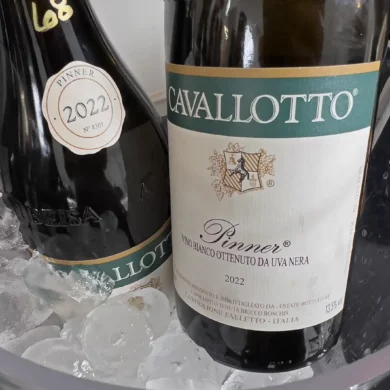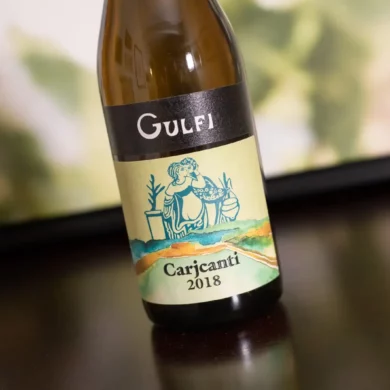In our recent profile on Alois Lageder’s Comets series, I caught a glimpse of what the future could look like for Alto Adige’s most precious indigenous red grape, Schiava, which is also known as Vernatsch. The Lageder team arrived at the experimental trial knowing that old-vine Schiava was capable of remarkable aging. They also wanted to coax more depth from the grape by utilizing whole-cluster fermentation to varying degrees. But ultimately, to achieve their objective, they decided to make a multi-vintage blend of four different years to refine the wine into a statuesque form. The result was a massive success in my opinion, for I was able to see that this grape — which I have always loved and supported — can present complexity and endurance that until now I did not know.
But let’s not forget why people like me fall in love with Schiava in the first place: it’s lightness.
But let’s not forget why people like me fall in love with Schiava in the first place: it’s lightness.
I recently tasted a wine from Kellerei Bozen that underscores the lean lines of Schiava, and why we’d be remiss to abandon what it has historically done for the Tirolean table (and by extension, our very own). Refreshing, palate cleansing, and highly adaptable to everything from fresh salads to a cured-meat selection, this Schiava blend carries the lovely bitter almond and cherry note that seems to fit with any season.
On the slopes of the Santa Maddalena/St. Magdalener subzone, Schiava has thrived and it has traditionally been blended with a small amount of Lagrein to add body and color. Indeed, 10% of this wine is Lagrein, but its a compliant partner, never standing on the toes of Schiava’s lovely flavors and aromas.

Of course, none of this is to suggest that what Alois Lageder is aiming for with a single experimental wine is an alteration of Schiava’s identity. Schiava may be versatile as a “food wine,” but its audience is still a bit more niche. With Natsch4, Lageder shows us the possibilities of expanding its potential, while Kellerei Bozen shows us the durability of its historic profile. These attributes can coexist, and in fact, Schiava’s future looks quite positive because of it.
A quick side note on Kellerei Bozen: this is the cooperative representing many of the growers in and around Alto Adige’s largest city, Bozen, also known as Bolzano. Cooperatives are an important part of the Alto Adige winery landscape, but you need not be turned off by this news, for almost every one of them in the area — Kellerei Bozen included — is quality-minded and technologically advanced.
2021 Kelleri Bozen “Huck Am Bach” Alto Adige/Südtirol Santa Maddalena
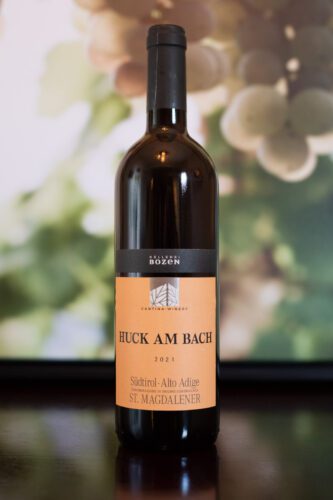 Alto Adige/Südtirol Santa Maddalena DOC (Alto Adige )
Alto Adige/Südtirol Santa Maddalena DOC (Alto Adige )
Grapes: Schiava (90%) and Lagrein (10%)
Alcohol: 13%
Opinion: ★★★★ 1/2 (out of five)
Food-friendliness: Impeccable
Value: Very Good
A beginner might like … a red wine that can hold a chill, that feels at home on a hot summer’s evening, that pairs with pizza or burgers or seared tuna, and that you can finish in one evening and yet still feel tempted to open another bottle.
A wine obsessive might like … those exact same properties, which are pretty damn universal, but also the Teutonic fruit profile of this wine. Yes, this is Italy, but it tastes more like a light red wine from Germany or Austria, where it is also known as Trollinger.
Note: This wine was provided as a sample by Kellerei Bozen’s press agency. Learn more about our editorial policy.
